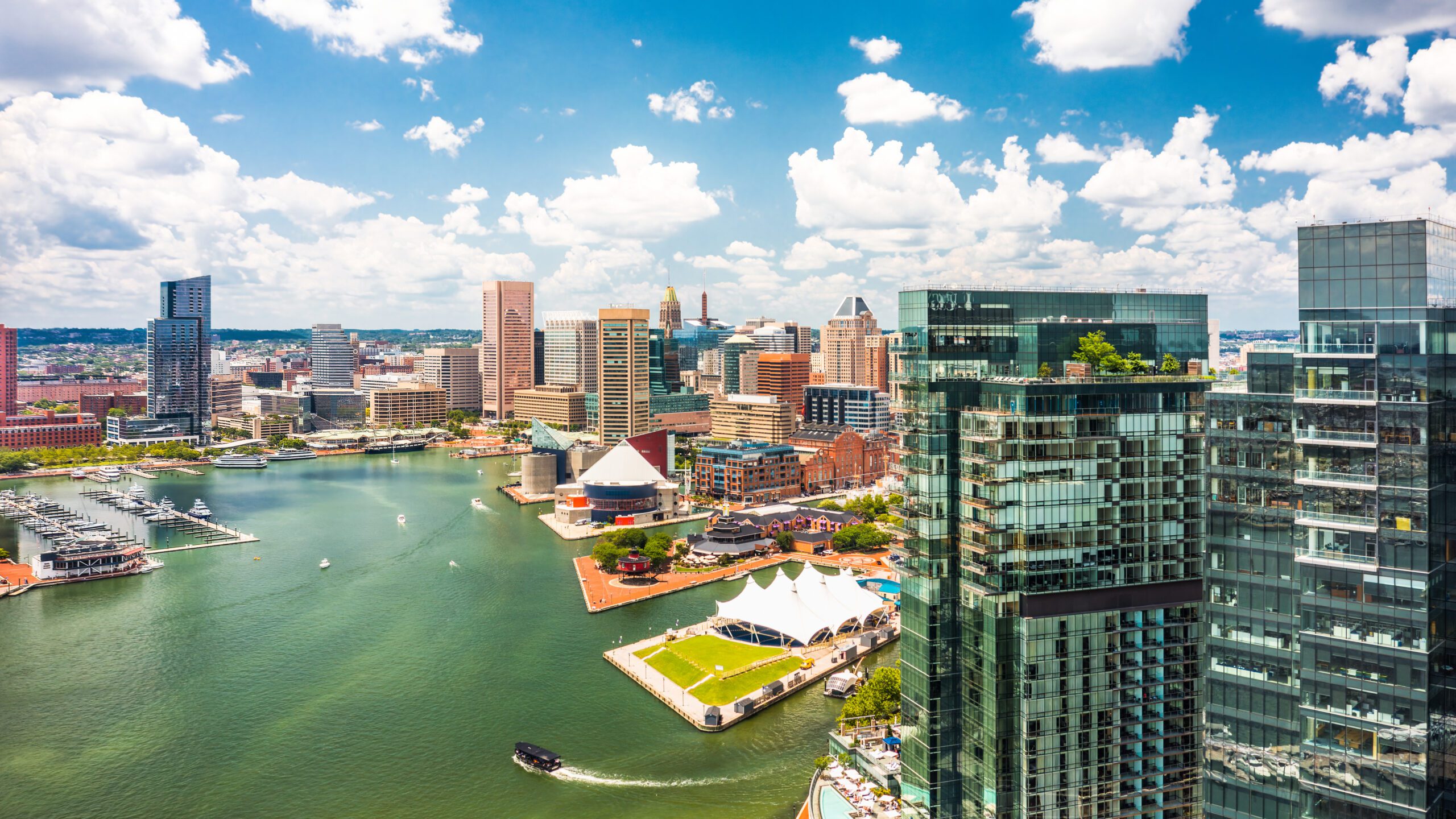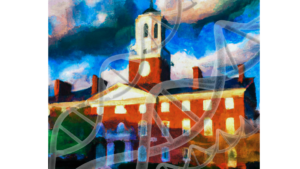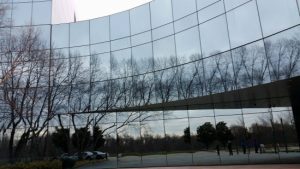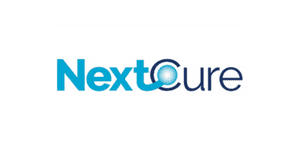
Baltimore Fails Forward in Stronger Position After EDA Tech Hub Loss
Baltimore’s innovation community is stronger than ever amid Federal funding loss.
By Chris Frew | July 11, 2024
| BioBuzz has been connecting the life science workforce since 2009. We’ve built an expansive community in the Mid-Atlantic with a national readership that spans from Massachusettes to Florida, and New York to California. For our next chapter, we’re building a proprietary talent logistics model to help employers source and hire life science talent. Learn more. |
Every entrepreneur, founder and innovator is taught to embrace the philosophy of failing forward and failing fast. It’s one that I have lived by each and every day as an entrepreneur and founder of BioBuzz. I can’t help but to draw similarities between the startup journey that I and so many entrepreneurs have faced, and the transformational journey that Baltimore is now on under the new leadership and vision of the Greater Baltimore Committee (GBC).
With failure comes learning, strength and clarity, which is exactly what the Baltimore innovation community has gained through this recent Tech Hubs bid.
While the short term reaction to losing out on this bid may be painful, it was a very worthwhile process. Through the pursuit of the Federal EDA Tech Hub funding, Baltimore has emerged with a stronger innovation community, clearer vision, and several key programs already in progress. The bid process, which centered around several key projects, has not only brought the city’s innovation strengths into sharper focus but has also galvanized a community of local business leaders and innovators towards a common goal.
I founded BioBuzz in Baltimore 15 years ago (see our history), our offices are here in Baltimore at City Garage, and we fully intend on building our AI-enabled hiring technology platform right here in Baltimore, with the support of Baltimore partners to do so. I’m bullish on where we are and the direction we’re heading.
The Impact of the Bid Process
Although Baltimore did not secure funding in the latest round of EDA Tech Hub awards, the bid process itself has had a significant impact on the local innovation ecosystem. Mark Anthony Thomas, President and CEO of the Greater Baltimore Committee, expressed optimism despite the setback in an article on LinkedIn.
“We unearthed so many great ideas to accelerate the Baltimore Region and fostered collaboration across organizations that set the foundation for a culture of ideation and risk-taking for generational impact.” Thomas wrote.
Baltimore’s Strategic Vision
Baltimore’s proposal, crafted by a consortium of local organizations, outlined a comprehensive vision for transforming the region into a national leader in biomanufacturing and tech innovation, and these projects aren’t stopping just because the funding is delayed. Many of them below are already taking shape and moving forward. The bid included five core components:
1. Biomanufacturing Core: This initiative aims to address national security vulnerabilities by enhancing U.S. biomanufacturing capacity. Plans include establishing a state-of-the-art pilot biomanufacturing facility in Harford County, creating a Biomanufacturing Catalyst program, and launching a Center for Community Impact in Manufacturing. This initiative is already underway, as Early Charm Ventures was recently awarded a $500K grant from the Maryland Department of Commerce Build our Future initiative to launch a Biomanufacturing Incubator in Harford County at the CONVERGE Innovation Center in Harford County.
2. The UpRise for Equitech: This initiative is already moving forward with the launch of groundbreaking programming and a network by UpSurge that is designed to support startups by working with entrepreneur support organizations, building investor networks, and strengthening procurement pathways.
3. Anchor Innovation Hub: Focused on helping founders and early-stage entrepreneurs, this hub aims to connect and mobilize the region’s assets to commercialize innovations. It includes an intake and assistance program with case managers guiding startups through advisory and resourcing programs.
4. The Baltimore Biotech Jobs Initiative: This initiative seeks to create a sustainable workforce pipeline to meet the demands of the biomanufacturing and life sciences sectors. It involves developing education and training pathways, creating interconnected pathways for employers, and supporting individuals pursuing careers in biotech. Several efforts are underway for this, including the work we are doing at BioBuzz with the launch of our biotech talent marketplace career hub. We’re actively looking for partners who want to build additional programming in Baltimore with us.
5. Regional Innovation Office: Led by the Greater Baltimore Committee’s Regional Innovation Officer, this office will coordinate efforts across all projects with a “One Baltimore” approach, providing essential leadership and governance.
Looking Ahead
The reflective tone of the response from local leaders underscores a broader narrative: the bid process has not only brought Baltimore’s innovation potential to the forefront but has also codified a stronger, more unified community. The city’s efforts have demonstrated resilience and a commitment to equitable development, setting the stage for future successes.
The EDA Tech Hubs program, initiated in 2023 with support from the CHIPS and Science Act, aims to distribute $10 billion to various tech hubs across the U.S. However, Congress has so far appropriated only $541 million for the program out of a proposed $4B. This limitation meant that only 12 out of 31 designated hubs received funding in the latest round. Baltimore, which had requested $70 million, and Philadelphia, which sought $80 million, were among the cities that did not receive funding. An official from the Commerce Department indicated that more funding could be on the horizon.
In the meantime, Baltimore’s innovation community remains undeterred. The process of preparing and submitting the bid has already borne fruit in the form of strengthened relationships and a clearer strategic direction. As the city continues to build on this foundation, there is a shared optimism that Baltimore will eventually secure the resources needed to fully realize its vision.
- About the Author
- Latest Posts
Over the past 11 years, Chris has grown BioBuzz into a respected brand that is recognized for its community building, networking events and news stories about the local biotech industry. In addition, he runs a Recruiting and Marketing Agency that helps companies attract top talent through a blended model that combines employer branding and marketing services together with a high powered recruiting solution.








